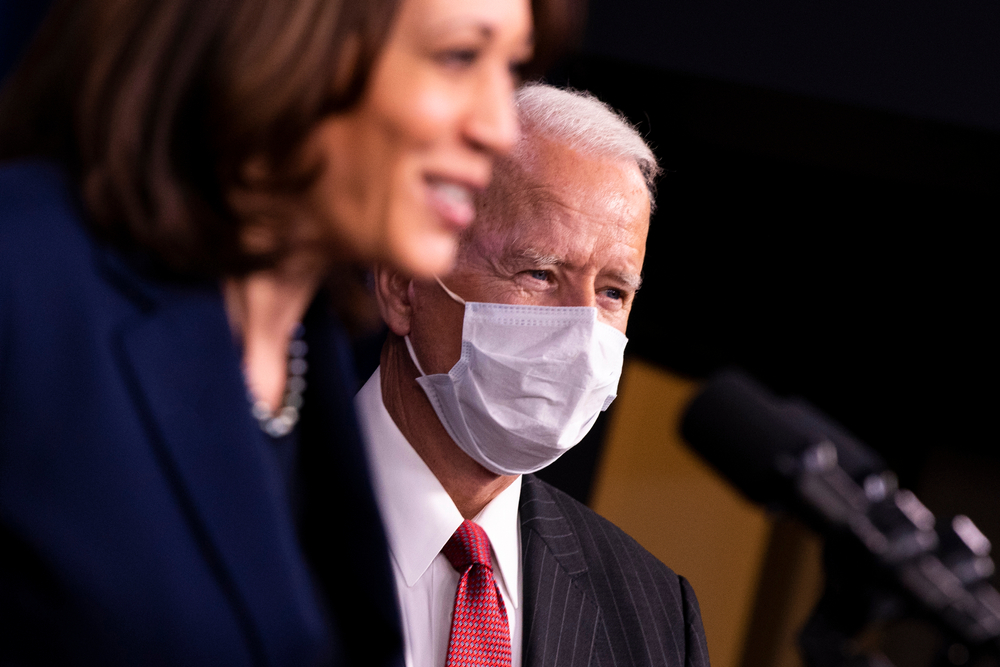The Biden-Harris administration’s Buy Clean Task Force recently announced new actions under its Federal Buy Clean Initiatives program to support low-carbon construction materials and American jobs.
While visiting the Cleveland-Cliffs Direct Reduction steel plant in Toledo, Ohio, Transportation Secretary Pete Buttigieg, U.S. General Services Administration (GSA) Administrator Robin Carnahan, and Deputy National Climate Advisor Ali Zaidi announced the federal government will prioritize the purchase of key low-carbon construction materials, covering 98 percent of materials purchased by the federal government.
Created under Executive Order (EO) 14057, the Buy Clean Task Force utilizes the annual $650 billion purchasing power of the federal government to initiate and promote the use of low-carbon, American-made construction materials. The task force includes representatives from the Departments of Commerce (DOC), Defense (DOD), Energy (DOE), Homeland Security (DHS), Housing and Urban Development (HUD), Health and Human Services (DHHS), Interior (DOI), State (DOS), and Transportation (DOT); the EPA; the GSA; the National Aeronautics and Space Administration (NASA); the Veterans Administration (VA); the White House Office of Management and Budget (OMB); and the White House Domestic Climate Policy Council (DCPC).
In addition to prioritizing the purchase of low-carbon construction materials, including asphalt, concrete, flat glass, and steel, the administration will also:
- Expand lower-carbon construction materials used in federally funded projects.
- Convene states to partner on Buy Clean.
- Increase data transparency through supplier reporting to help American manufacturers track and reduce emissions.
- Launch pilot programs to advance federal procurement of clean construction materials.
Federal agency initiatives under the Buy Clean program include:
- The Department of Agriculture (USDA) is supporting innovations in construction materials made from sustainably harvested and waste biomaterials to integrate into and potentially replace carbon-intensive materials.
- The DOT has included criteria in several discretionary grant programs to incentivize the use of materials that reduce carbon emissions.
- The DOE is providing training, technical assistance, and innovation grants.
- The DOD and military departments are analyzing modernization requirements for process, guidance, criteria, and specifications to accelerate the transition to low-carbon building materials.
- The EPA is emphasizing the urgency of investing in energy efficiency across manufacturing facilities with access to the ENERGY STAR program for industry’s plant energy performance benchmarking tools and enabling facility-level industrial carbon emissions via facility benchmarking data in the GHG Reporting Program and the EPA’s Center for Corporate Climate Leadership. The EPA is also working with external partners to standardize and improve environmental product declaration (EPD) guidelines.
- The GSA issued its first “Buy Clean” standards for concrete and asphalt used in all future projects with more than one truckload of material. The GSA will require suppliers to provide EPDs and meet low-carbon concrete and environmentally preferable asphalt standards informed by insights from industry.
- The DOS and U.S. Special Presidential Envoy for Climate are aggregating corporate purchasing commitments of near- and net-zero materials through the First Movers Coalition. The department has also launched a Decarbonization Initiative, focused on reducing embodied emissions in overseas construction at embassies and other facilities.
- The DOC, through the National Institute of Standards and Technology (NIST), is assessing standards for lower-carbon cement and concrete and integrating embodied emissions considerations through EPDs into the widely used Building for Environmental and Economic Sustainability tool.
The Inflation Reduction Act (IRA) provided a $4.5 billion funding boost for the Federal Buy Clean Initiative for the GSA, DOT, and EPA to designate and use construction materials and products that produce substantially lower levels of greenhouse gas (GHG) emissions.
For industry looking to reduce its carbon output, the IRA also provides the DOE with billions to invest in retrofitting industrial facilities and tax credits for clean technology manufacturing.
To learn more about pathways to reduce industrial emissions, see the DOE announcement about its Industrial Decarbonization Roadmap.

